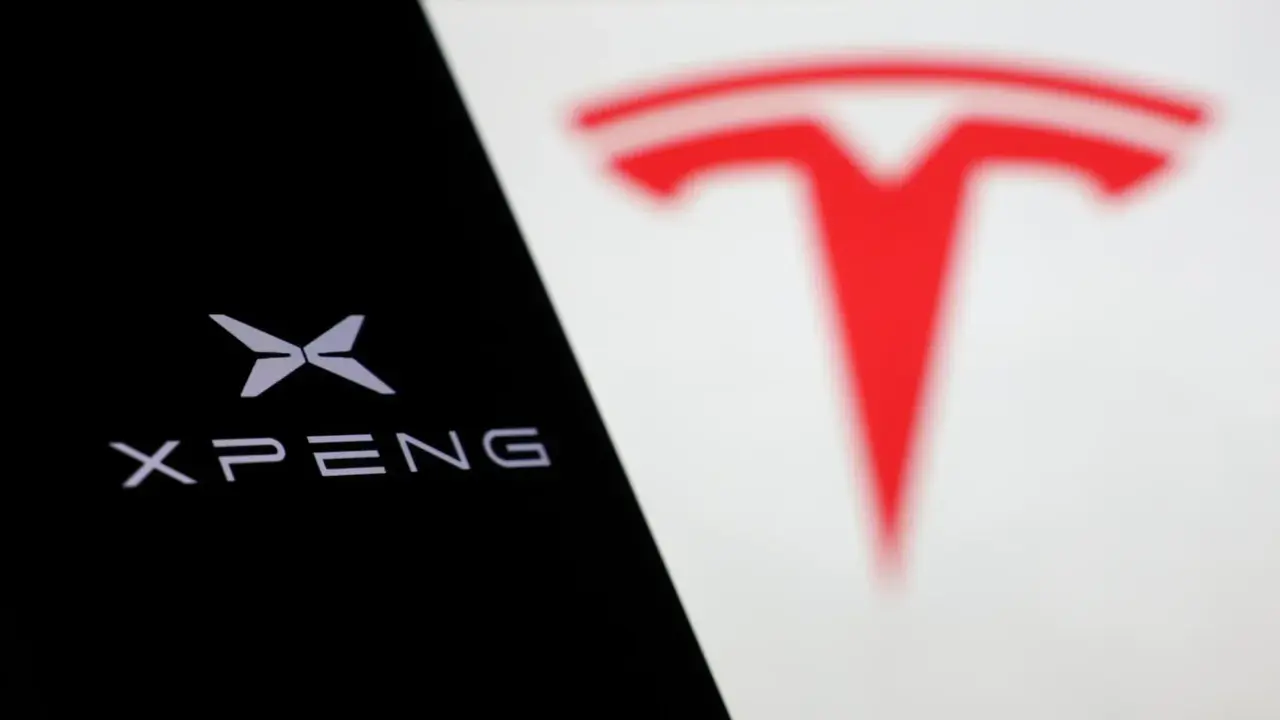Chinese electric car manufacturer Xpeng is abandoning LiDAR sensors in all its vehicles, switching to a fully camera-based autonomous driving system. With this strategy, the company is following in the footsteps of Tesla, which has long deemed LiDAR unnecessary.
Xpeng is abandoning LiDAR sensors
Candice Yuan, Senior Director of the Xpeng Autonomous Driving Center, stated at the IAA Mobility 2025 trade show that LiDAR data does not contribute to vehicle AI systems.

Xpeng was one of the first manufacturers to integrate LiDAR into its electric vehicles in 2020, but has since moved away from this technology. Candice Yuan stated that they had considered removing LiDAR for years, but at the time, this was not possible due to software challenges.
The company’s new AI system operates on a large language model and is powered by a large amount of data. Much of this data consists of short, 10- or 30-second videos recorded by customers while driving their vehicles. The system is constantly improving its XNGP (Navigation Guided Pilot) feature by training with this visual data, learning from every vehicle in the traffic.
Yuan notes that most AI systems in the industry operate with visual input, a structure called VLA (Vision, Language, Action). However, due to the different format of LiDAR data, this AI cannot be fed.
This technical incompatibility was the primary reason Xpeng switched to autonomous driving based on cameras instead of LiDAR. Candice Yuan’s statement, “Humans drive using their eyes, hands, and feet. They’re not Superman using lasers,” parallels Elon Musk’s views on LiDAR.













